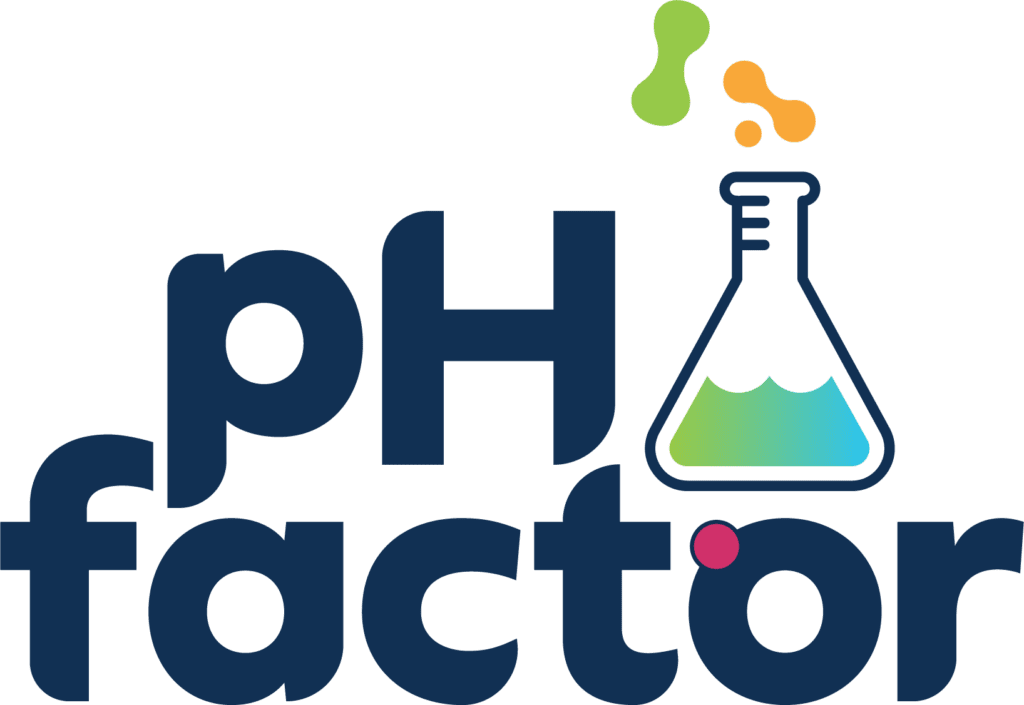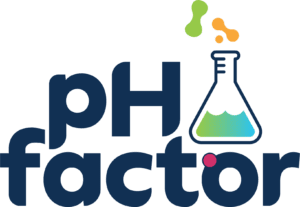Lactic Acid is a common ingredient found in a wide range of cosmetic and personal care products, such as the increasingly popular chemical peel. While it is known for providing unparalleled benefits for the skin, there are some important safety requirements you should be aware of when using this ingredient.
As a beauty brand owner, you must be aware of the cosmetic formulation guidelines and workplace health and safety (WHS) precautions for this commonly used ingredient so that you can protect everybody interacting with both this ingredient and any products containing it.
Below, we detail what Lactic Acid is, and the importance of product safety labelling and WHS training for your employees when working with this powerhouse ingredient.
What Exactly is Lactic Acid?
L-lactic acid is a biologically active ingredient – also known as an AHA (alpha hydroxy acid) – and is naturally derived from plants, vegetables, milk, and other sources. While it is a natural ingredient, most of the lactic acid you see in skin care products today is synthetically made. It is a gentle chemical exfoliant that is used in a variety of cosmetic and personal care products.
Lactic Acid is a water-soluble organic compound that is used in the formulation of cleansers, moisturisers, chemical peels, deodorants, and hygiene products. Most commonly, it is used as a pH buffer and for its outstanding antibacterial properties. At pH Factor, we use Lactic Acid as one of the AHA ingredients in our skincare products.
What Are The Benefits of Lactic Acid?
Lactic Acid is found in a lot of skincare products because it provides an array of benefits for the skin. Here are the main benefits:
- Exfoliation – Removes dead skin cells and allows for cell renewal.
- Natural Hydration – Helps to soften and retain skin moisture.
- Improves Skin Tone & Texture – Brightens complexion and fades dark spots and pigmentation.
- Anti-Ageing – Reduces the appearance of wrinkles and fine lines.
Formulating With Lactic Acid – Safety Precautions
The US Cosmetic Ingredient Review (CIR) Expert Panel has stated that Lactic Acid and other AHAs are safe in topical cosmetic products at concentrations up to 10% and at a pH level of 3.5 or greater. pH Factor recommends that you abide by these safety guidelines to avoid safety hazards.
Lactic Acid has recently been classified as a CLASS 8 Dangerous Good by the Australian Industrial Chemicals Introduction Scheme (AICIS). This means it is deemed dangerous to formulate with and to handle during transportation. This information is not readily available as Safe Work Australia has not yet updated the Hazardous Chemical Information System (HCIS).
You must update your formulators and product handlers on the below necessary workplace health and safety measures when working with Lactic Acid.
Precautions For Safe Handling
- Use personal protective equipment such as overalls, chemical goggles, face shield, long gloves, apron, and rubber boots.
- Avoid breathing vapors or mists.
- Avoid contact with skin, eyes, and clothing.
- Handle with good industrial hygiene and safety practices.
- Ensure adequate ventilation.
Please refer to the AICIS for the complete list of safety information for this ingredient.
Consumer Safety Information & Labelling of Products
All AHAs are known for their potential to irritate the skin, however Lactic Acid is one of the mildest AHAs. Nevertheless, use caution if you are formulating for particularly sensitive skin types. Consider adding soothing conditioning ingredients like Jojoba Oil and Shea Butter to products using AHAs.
There is also evidence that suggests AHAs increase the skin’s sensitivity to the sun and the likelihood of sunburn. Further, it has been found that AHAs can also cause eye damage.
Due to these critical local health effects, we recommend you label all cosmetic products containing AHAs with the following warnings about these risks:
- Use sunscreen, wear protective clothing, and limit sun exposure for a week after discontinuing use of the product.
- Avoid applying products anywhere near the eyes and wash hands after use.
- Sensitive skin types should use this product with caution. Patch test the product on a small area of your skin before applying AHAs as it can irritate some skin types.
As a beauty brand owner or start-up, you must stay on top of the latest information on both the safety of formulating with ingredients in the lab and the safety of your formulations for your customers.

